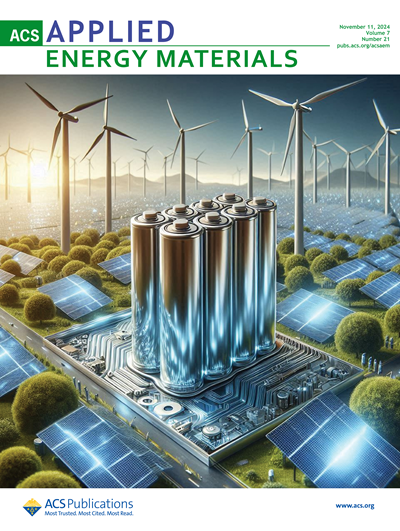MBR 和 GAC 过滤,然后进行紫外线消毒--对废水全面回用的影响
IF 5.4
3区 材料科学
Q2 CHEMISTRY, PHYSICAL
引用次数: 0
摘要
研究了上游废水处理对颗粒活性炭(GAC)和紫外线(UV)消毒工艺组合的影响,并评估了这对废水回用的影响。GAC 是一种高效的化学屏障,但对指示菌的去除作用不大,而且通常会增加细菌的总浓度,因此有必要使用紫外线辐射等方法进行消毒,以确保废水的安全回用。紫外线消毒的效率受水中颗粒浓度和紫外线吸收率等因素的影响,因此会受到上游处理工艺的影响。一个采用膜生物反应器(MBR)和 GAC 过滤的全规模废水处理厂与一个采用传统活性污泥法和砂滤法,然后再进行 GAC 过滤的处理厂进行了比较。先采用 MBR 后采用 GAC 过滤的处理厂对指示菌的去除率更高。400 J/m2 的紫外线流量足以使两种工艺组合都达到灌溉水水质,并满足 MBR + GAC 出水的微生物饮用水水质标准。选择了一个样本进行化学分析,其中包括约 100 个参数,表明 MBR + GAC + 紫外线(400 J/m2)流出物符合除硝酸盐含量以外的所有饮用水标准。本文章由计算机程序翻译,如有差异,请以英文原文为准。
MBR and GAC filtration followed by UV disinfection – implications for wastewater reuse at full scale
Influences of upstream wastewater treatment on the process combination of granular activated carbon (GAC) and ultraviolet (UV) disinfection were studied and the implications of this for wastewater reuse were assessed. GAC is an efficient chemical barrier but contributes little to the removal of indicator bacteria, and generally increases total bacteria concentrations, necessitating disinfection with UV radiation, for example, to ensure the safe reuse of wastewater. The efficiency of UV disinfection is impacted by factors such as particle concentration and UV absorbance of the water and is thus affected by upstream treatment processes. A full-scale wastewater treatment plant with a membrane bioreactor (MBR) followed by GAC filtration was compared to a treatment plant with a conventional activated sludge process and sand filtration, followed by GAC filtration. The removal of indicator bacteria was higher by the GAC filter that was preceded by an MBR. A UV fluence of 400 J/m2 was sufficient to reach irrigation water quality for both process combinations and to meet the criteria for microbial drinking water quality in the MBR + GAC effluent. One sample was selected for chemical analysis, comprising approximately 100 parameters, demonstrating that the MBR + GAC + UV (400 J/m2) effluent met all drinking water criteria except for nitrate levels.
求助全文
通过发布文献求助,成功后即可免费获取论文全文。
去求助
来源期刊

ACS Applied Energy Materials
Materials Science-Materials Chemistry
CiteScore
10.30
自引率
6.20%
发文量
1368
期刊介绍:
ACS Applied Energy Materials is an interdisciplinary journal publishing original research covering all aspects of materials, engineering, chemistry, physics and biology relevant to energy conversion and storage. The journal is devoted to reports of new and original experimental and theoretical research of an applied nature that integrate knowledge in the areas of materials, engineering, physics, bioscience, and chemistry into important energy applications.
 求助内容:
求助内容: 应助结果提醒方式:
应助结果提醒方式:


